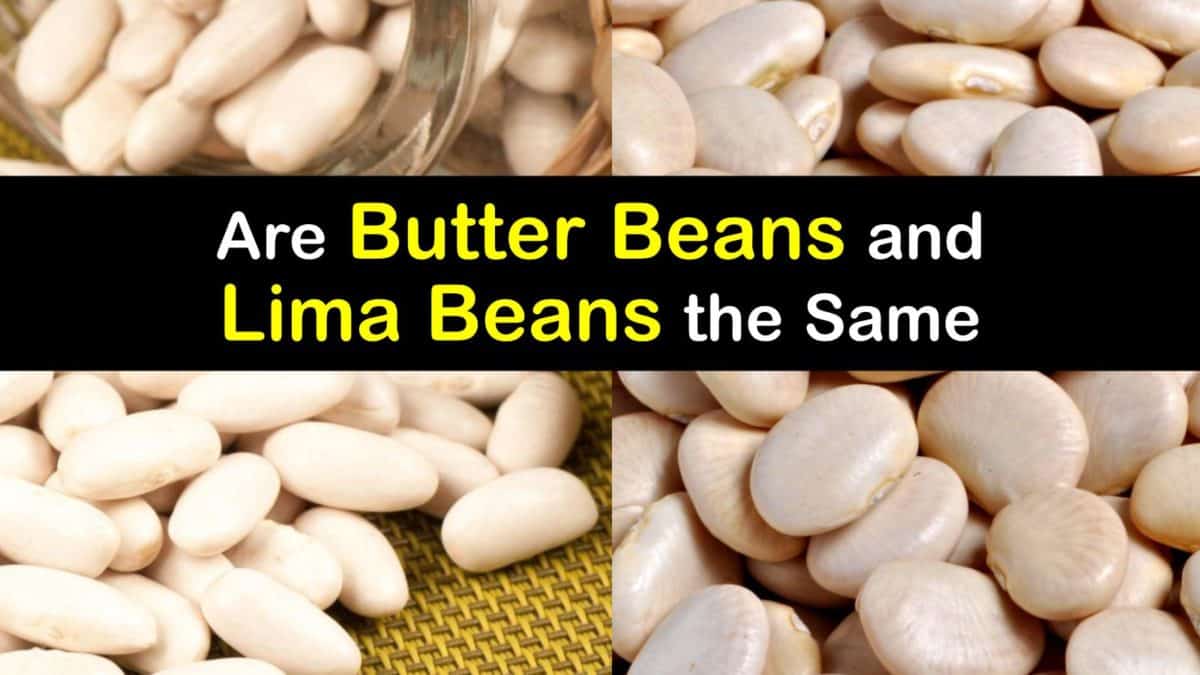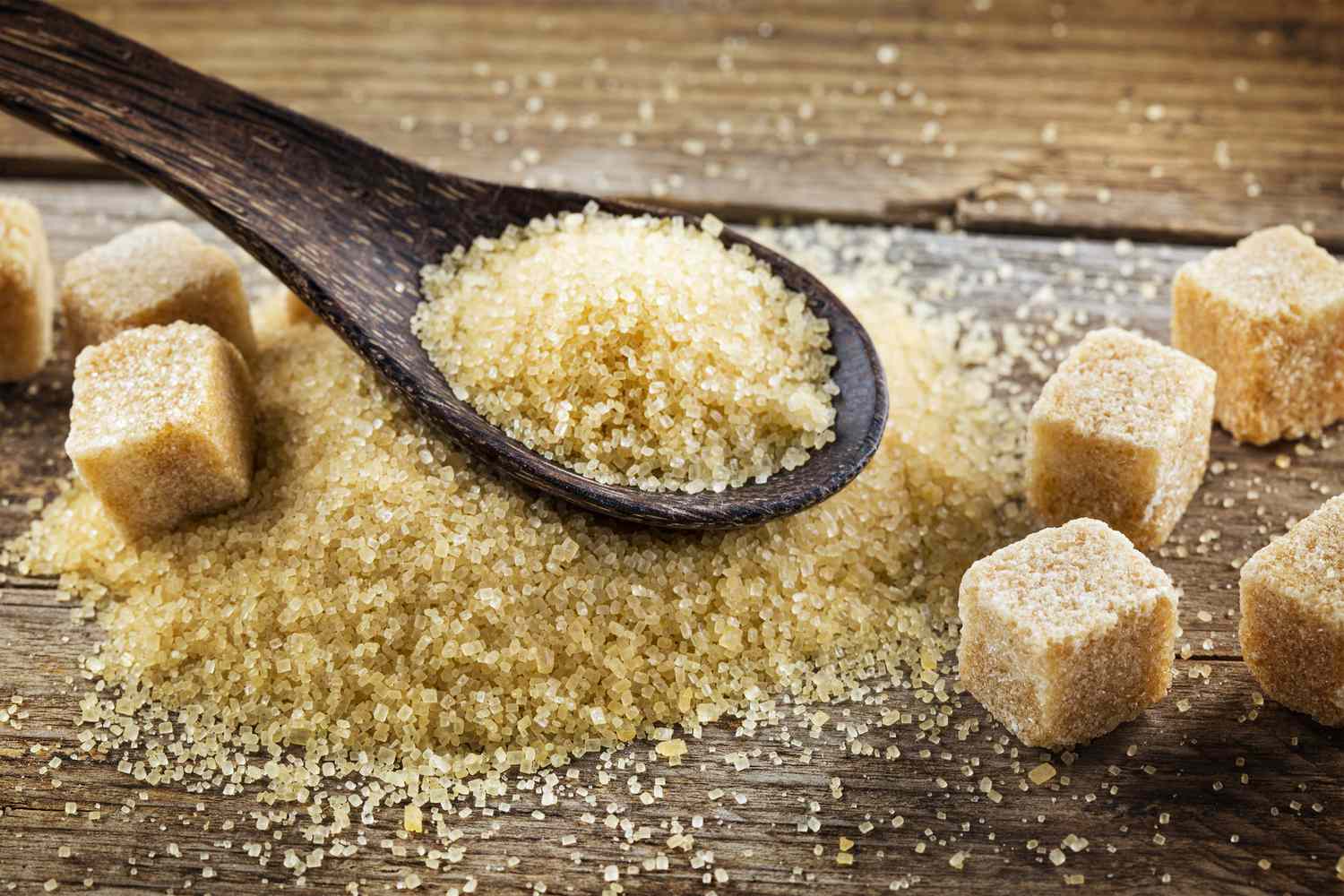Introduction
bay leaf substitute Welcome to the world of culinary innovation, where every dish is an opportunity for creativity. In the realm of cooking, certain ingredients serve as pillars of flavor, and among them stands the humble bay leaf. Originating from the Mediterranean region, bay leaves have long been cherished for their ability to infuse dishes with a subtle, yet distinctive aroma and taste. However, what happens when you find yourself without this essential herb? Fear not, as we embark on a journey to uncover a myriad of bay leaf substitutes that will elevate your culinary creations to new heights.
Understanding bay leaf substitute
Before delving into substitutes, it’s crucial to understand the role bay leaves play in cooking. Historically, bay leaves have been used for centuries, tracing back to ancient Greece and Rome, where they were believed to possess mystical properties. In modern cuisine, bay leaves are prized for their complex flavor profile, which combines herbal, floral, and slightly bitter notes. Whether simmered in soups, stews, or sauces, bay leaves impart a subtle yet unmistakable essence that enhances the overall taste of a dish.
Reasons for Substitution
While bay leaves are a kitchen staple in many households, there are several reasons why you might need to seek alternatives. One common challenge is accessibility, as fresh bay leaves may not be readily available in all regions year-round. Additionally, individuals with allergies or dietary restrictions may need to avoid bay leaves altogether. Furthermore, for those who enjoy culinary experimentation, exploring substitutes opens up a world of creative possibilities, allowing you to customize flavors to suit your preferences.
Exploring Bay Leaf Alternatives
When it comes to finding substitutes for bay leaves, the culinary world offers a plethora of options to explore. Herbs such as thyme, oregano, and sage provide similar aromatic qualities, each imparting its own unique twist to a dish. Spices like cinnamon, cloves, and allspice offer warmth and depth, while leaves such as curry leaves, kaffir lime leaves, and lemon verbena introduce exotic and citrusy nuances. For those seeking unconventional alternatives, ingredients like celery, dried porcini mushrooms, and fennel seeds can also lend depth and complexity to dishes.
Substitution Considerations
When substituting bay leaves, it’s essential to consider factors such as flavor profile, texture, and appearance. While many alternatives share similar aromatic qualities, each ingredient has its own distinct characteristics that can influence the final outcome of a dish. Experimentation is key, as you may need to adjust quantities and cooking methods to achieve the desired flavor balance. Additionally, be mindful of the overall harmony of flavors within the recipe, ensuring that the substitute complements rather than overwhelms the other ingredients.
Cooking Tips and Techniques
To maximize the potential of bay leaf substitutes, consider incorporating them into your cooking techniques. Infusing flavors by gently toasting or simmering the substitute in oil or liquid can help release their aromatic compounds, enhancing their impact on the dish. Additionally, don’t be afraid to experiment with different combinations of substitutes to create unique flavor profiles. Whether you’re braising meats, simmering sauces, or marinating vegetables, adapting traditional cooking methods to incorporate substitutes can yield delicious results.
Real-World Applications
Incorporating bay leaf substitutes into your culinary repertoire opens up a world of possibilities in the kitchen. From substituting thyme in hearty soups and stews to using cinnamon in sweet desserts, the options are endless. Experiment with different substitutes to discover new flavor combinations that suit your taste preferences and dietary needs. Whether you’re cooking for a family dinner or hosting a dinner party, incorporating bay leaf substitutes adds an element of excitement and creativity to your dishes.
Cultural Insights
The use of bay leaf substitutes extends beyond individual kitchens and into global culinary traditions. In countries where fresh bay leaves may be scarce, alternative ingredients are often used to achieve similar flavor profiles in traditional dishes. For example, in Thai cuisine, kaffir lime leaves are commonly used in place of bay leaves to impart citrusy notes to soups and curries. Similarly, in Indian cuisine, curry leaves are favored for their aromatic qualities in place of bay leaves in various dishes. By exploring these cultural insights, you can gain a deeper appreciation for the versatility of bay leaf substitutes across different culinary traditions.
Health and Nutritional Benefits
In addition to their culinary uses, bay leaf substitutes offer various health and nutritional benefits. Many herbs and spices used as substitutes are rich in antioxidants and anti-inflammatory compounds, which may help promote overall health and well-being. For example, thyme is known for its antibacterial properties, while cinnamon has been linked to improved blood sugar control. By incorporating these substitutes into your cooking, you can not only enhance the flavor of your dishes but also boost their nutritional value.
Conclusion
In conclusion, the world of bay leaf substitutes is vast and full of culinary possibilities. Whether you’re seeking alternatives due to accessibility, dietary restrictions, or simply a desire for experimentation, there are numerous options to explore. From herbs and spices to leaves and other unconventional ingredients, the key is to embrace creativity and adaptability in the kitchen. By incorporating bay leaf substitutes into your cooking repertoire, you can elevate your dishes to new heights and unlock a world of flavors that will delight your taste buds and impress your guests.














